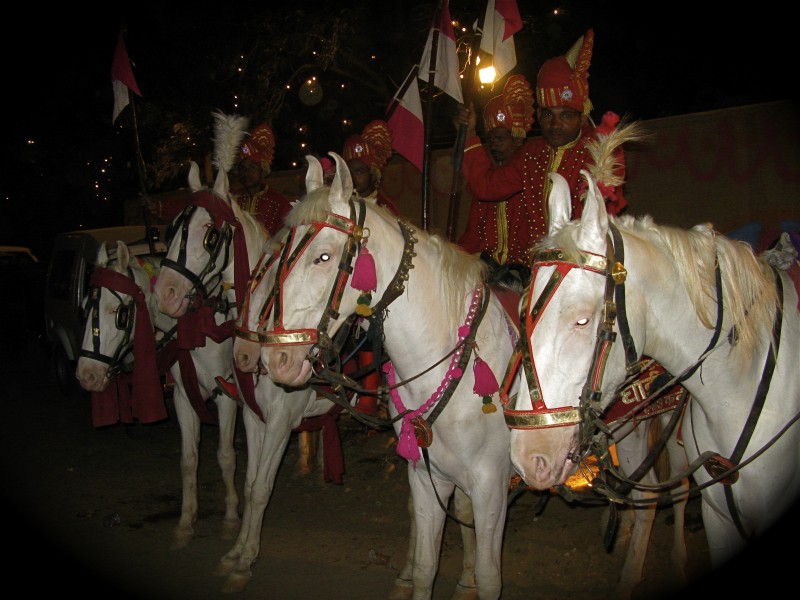
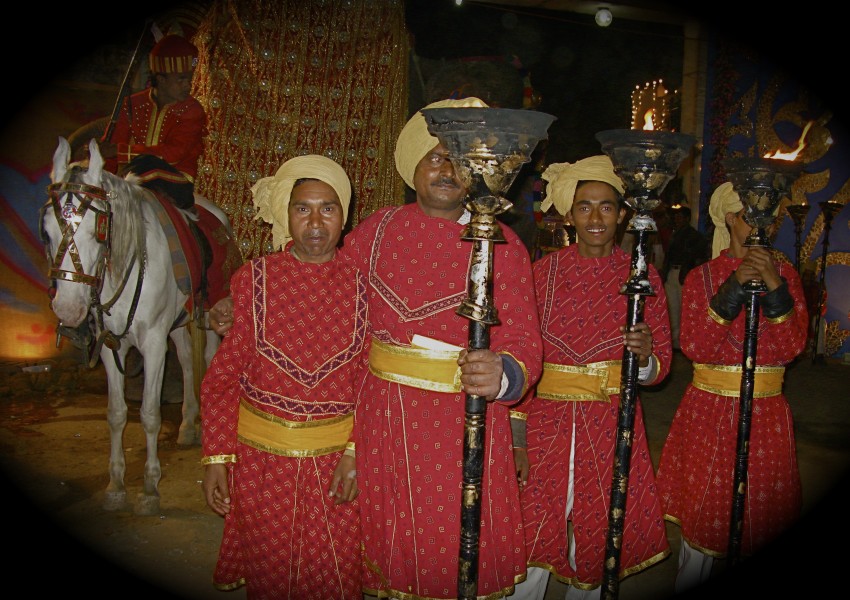

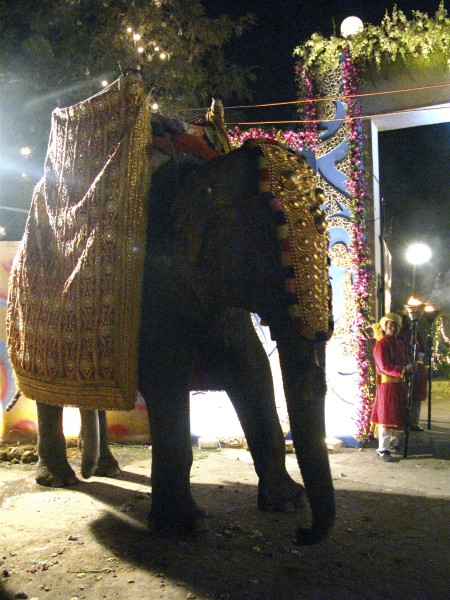
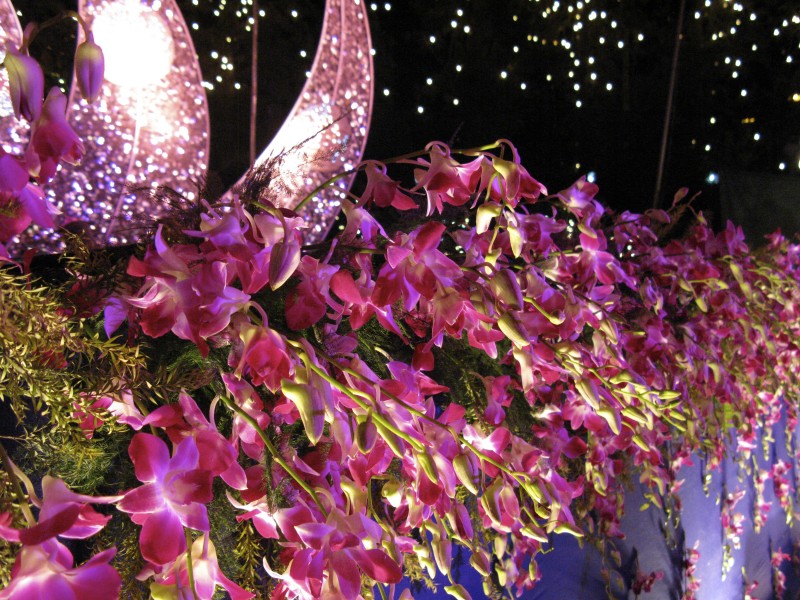

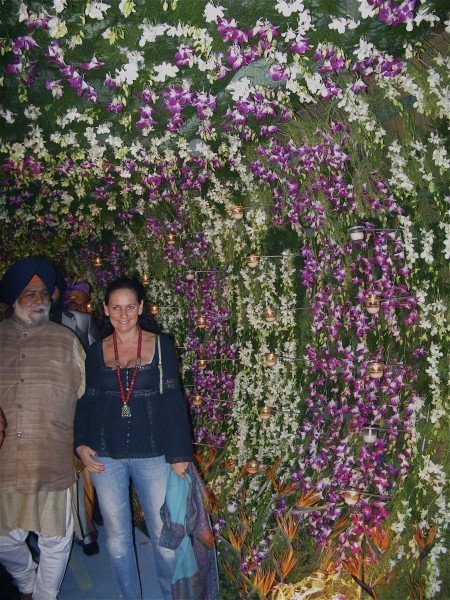
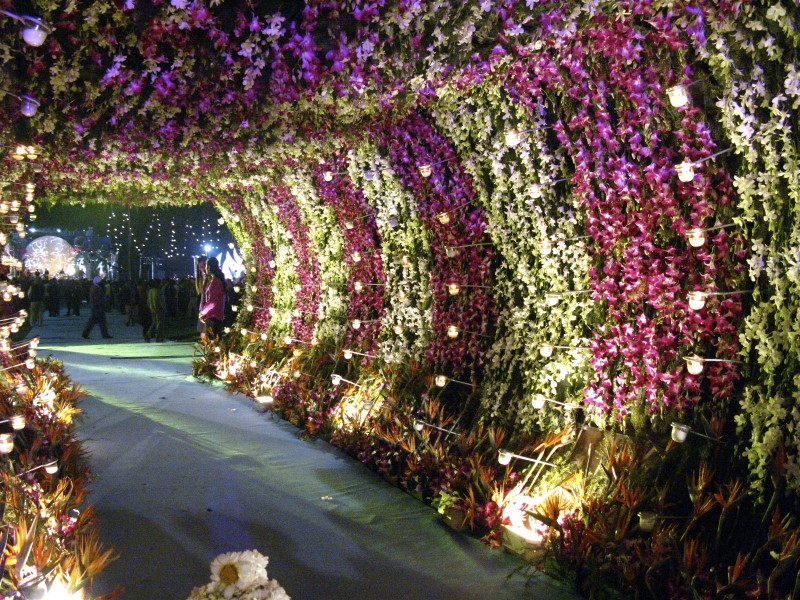

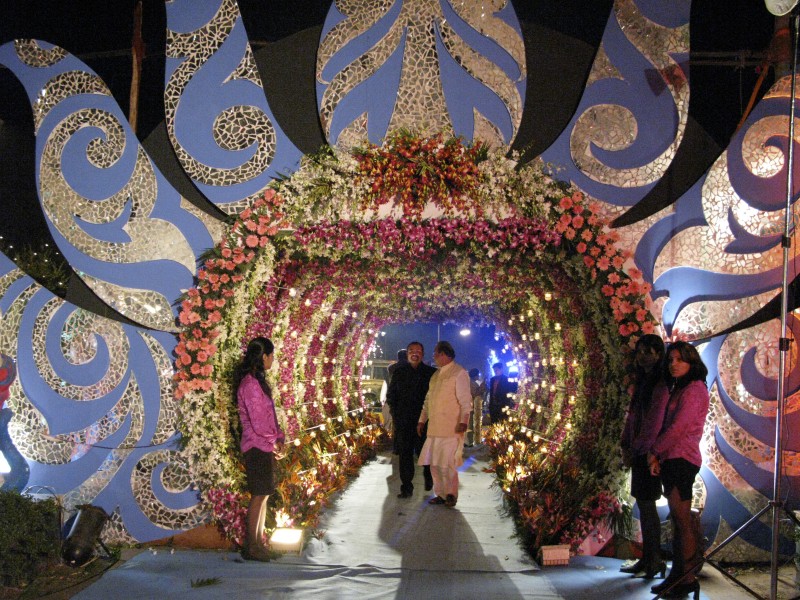
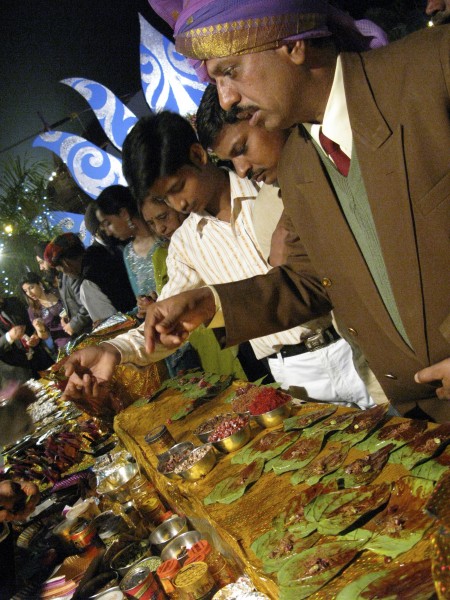
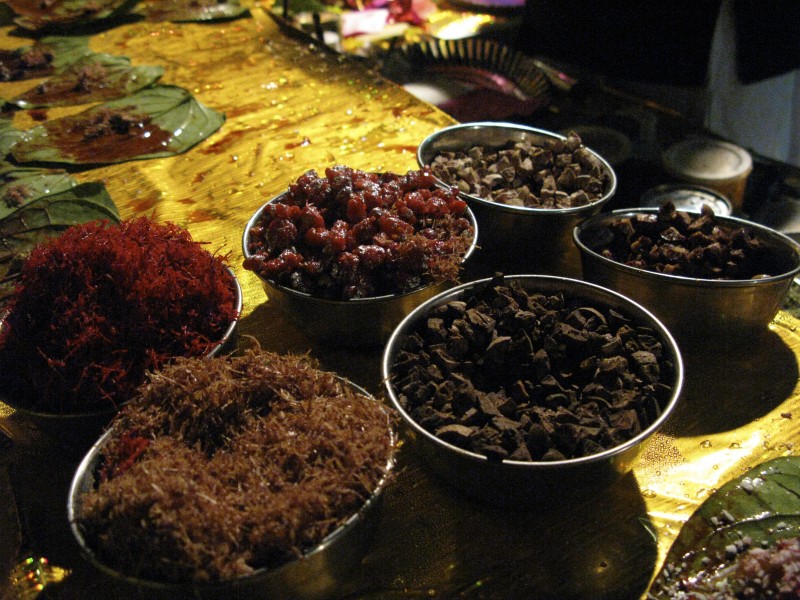
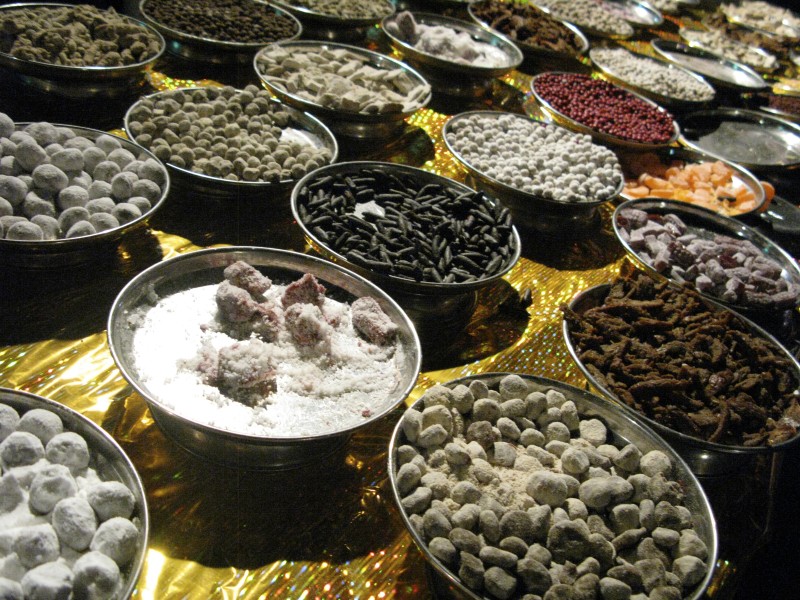


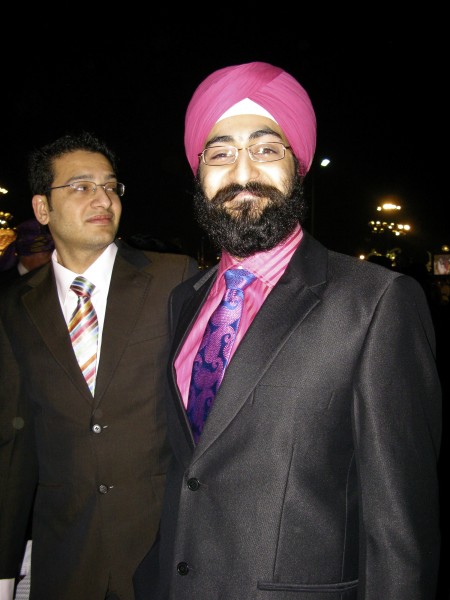
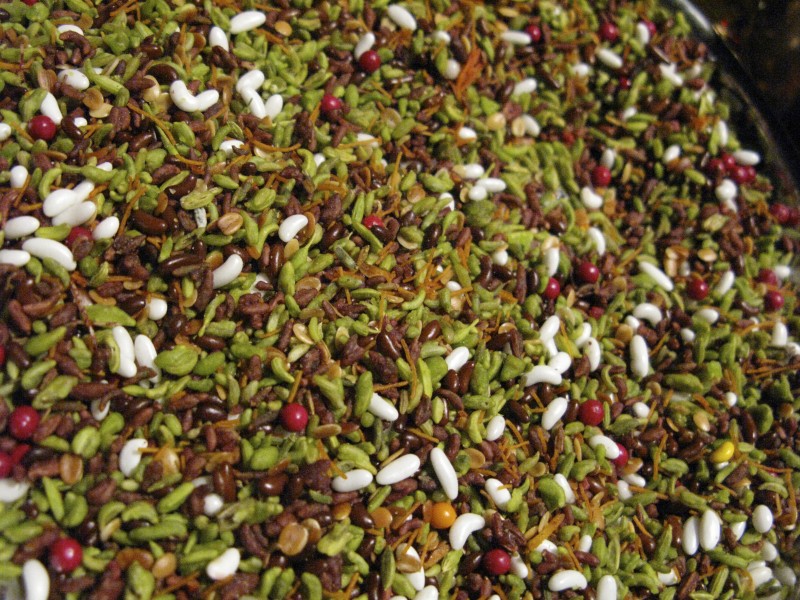
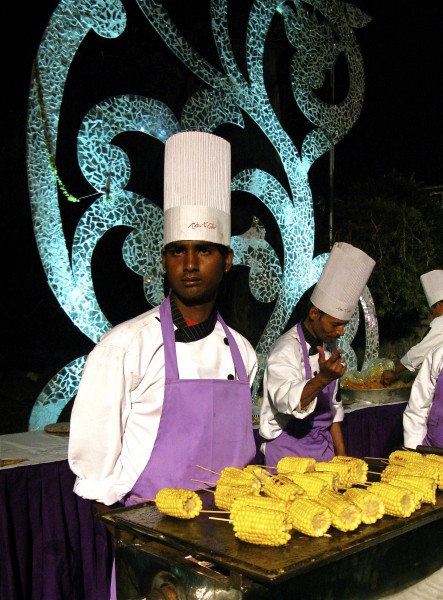
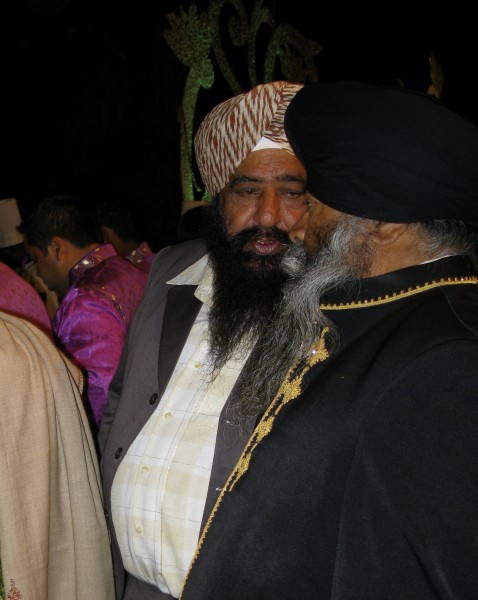
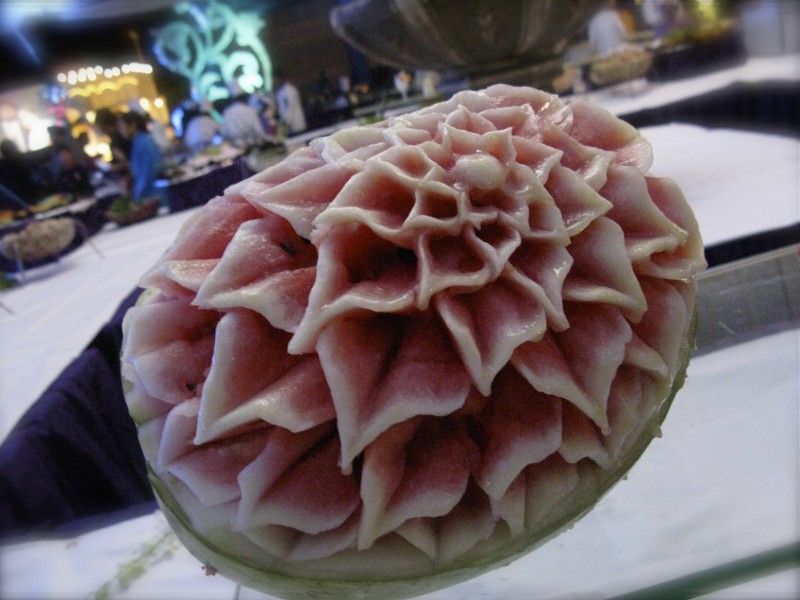
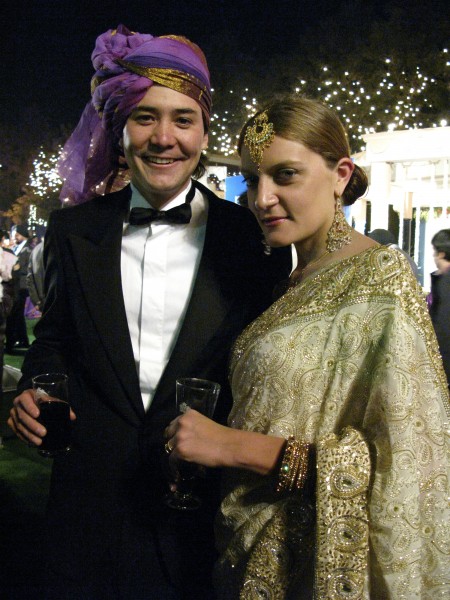

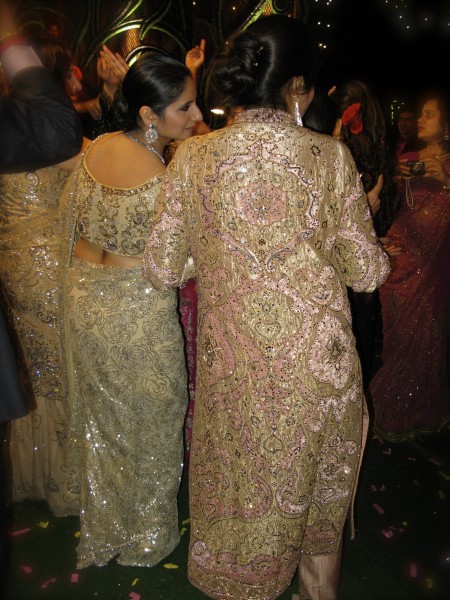



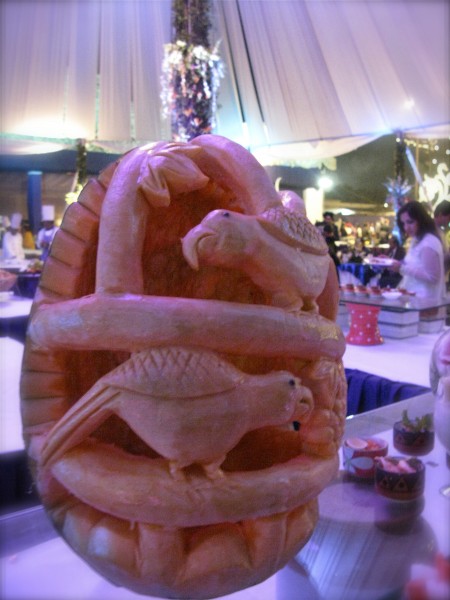
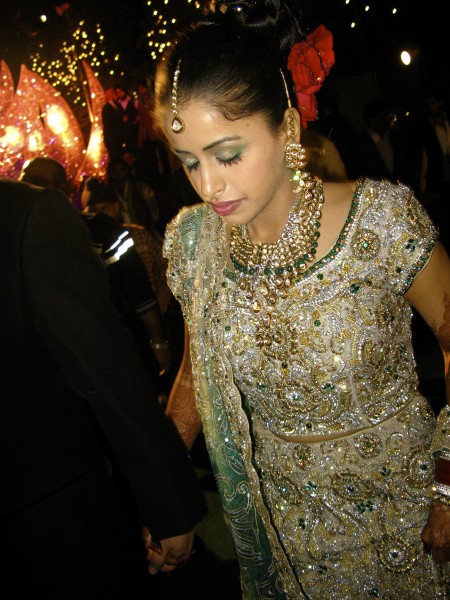
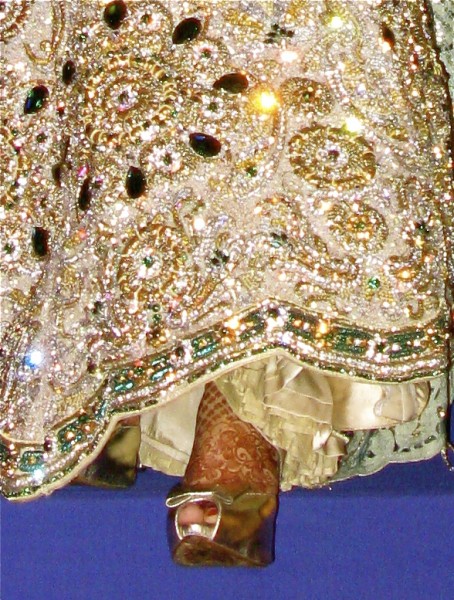
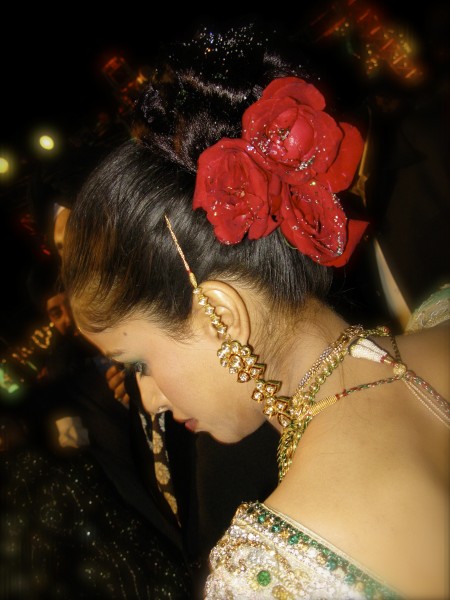
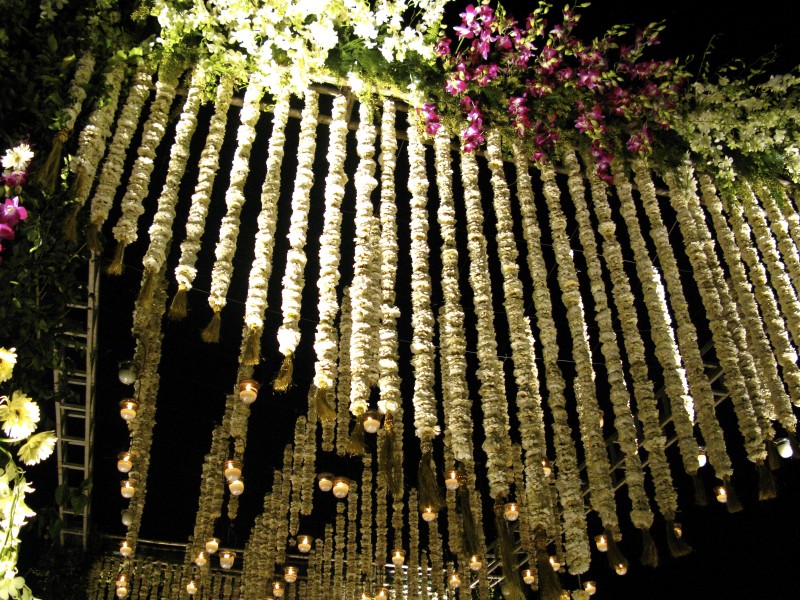
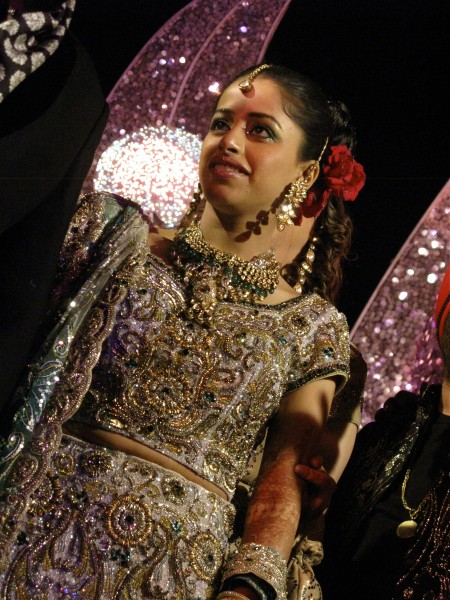
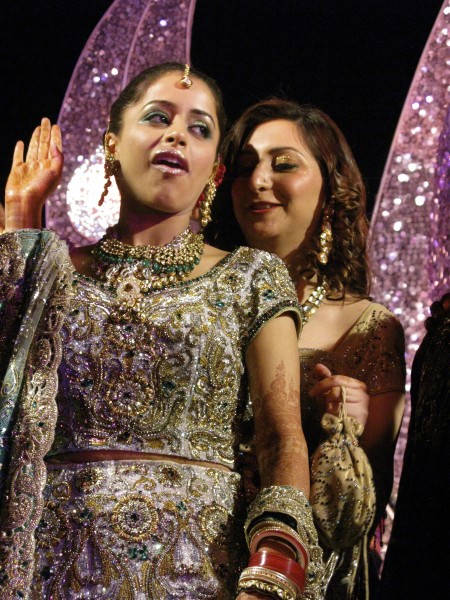
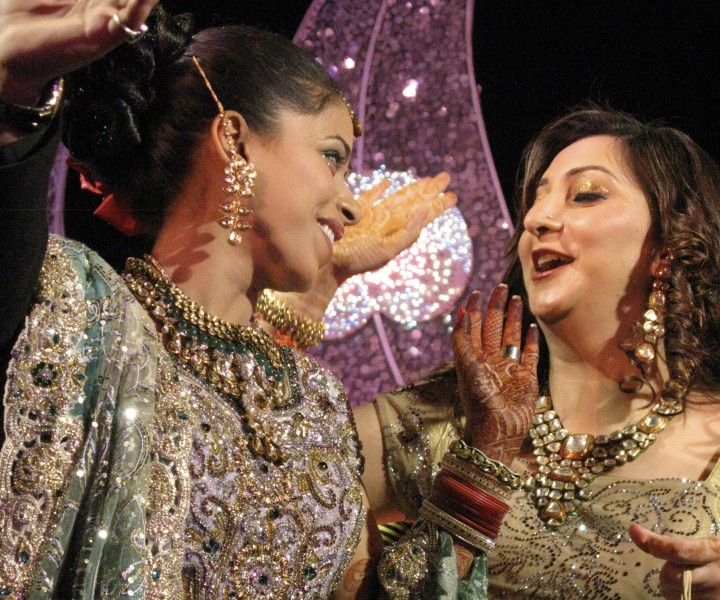
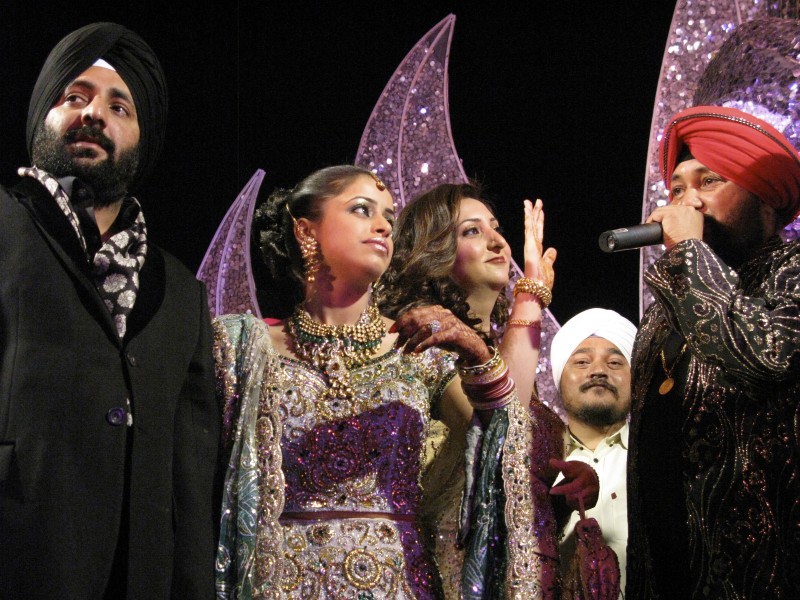
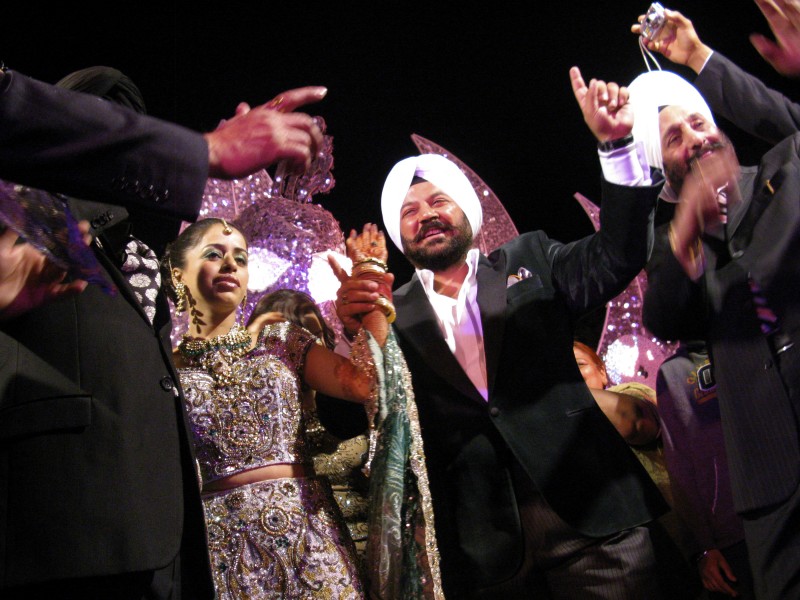
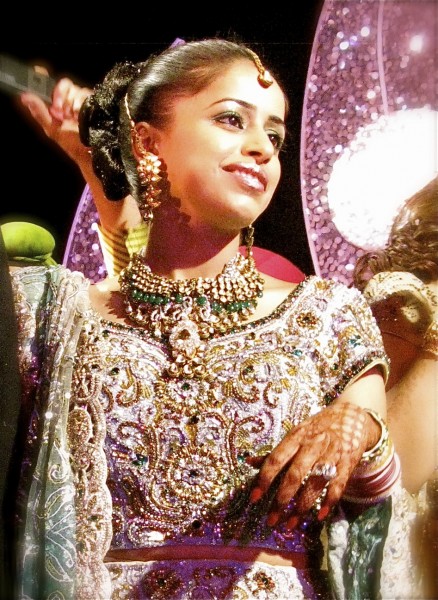

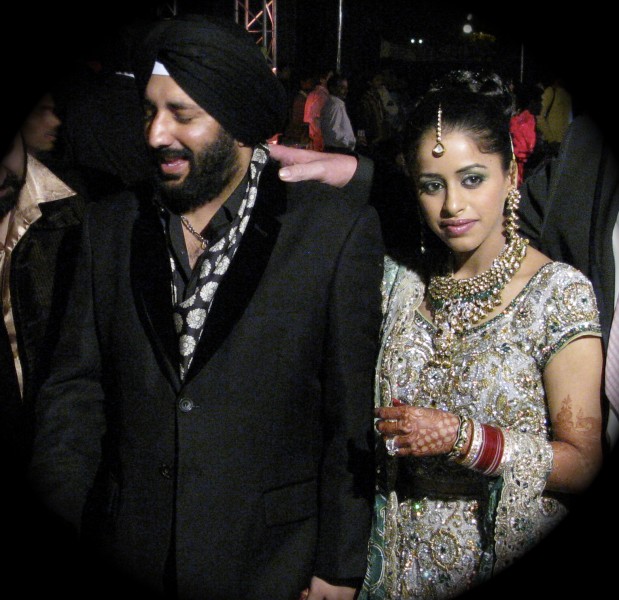
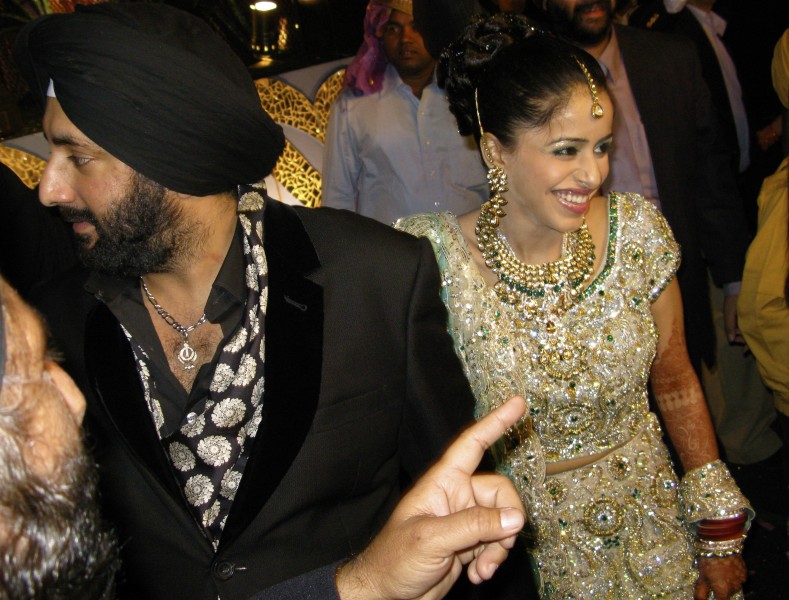
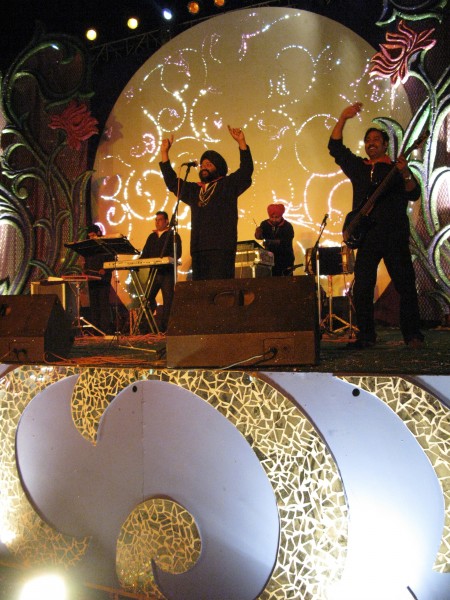
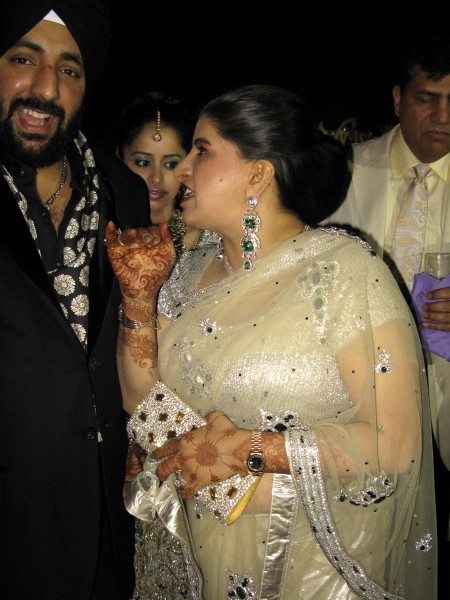
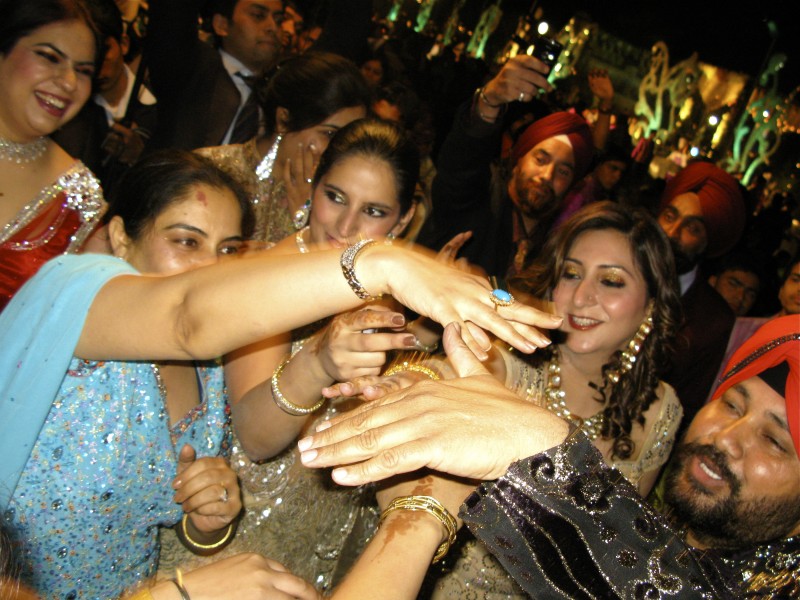
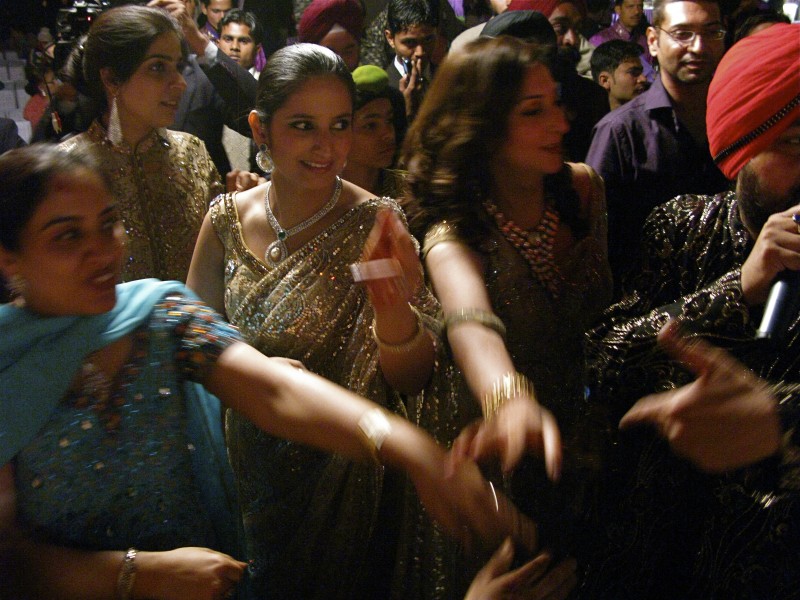

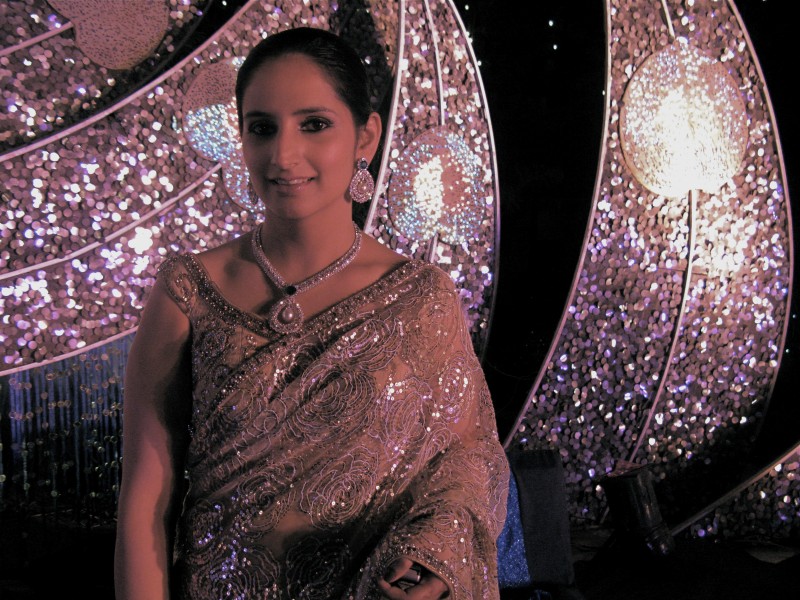
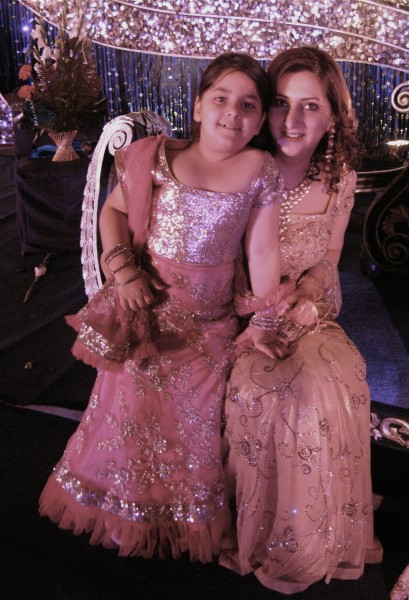

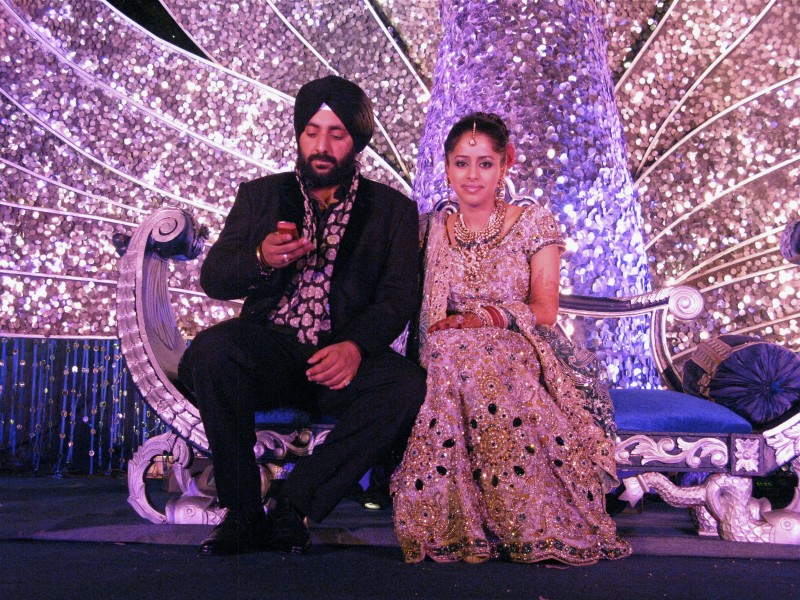
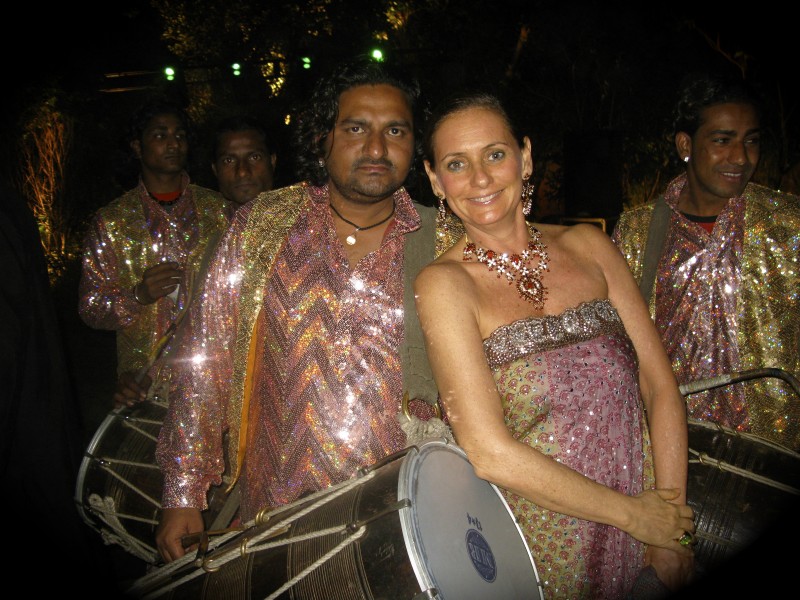
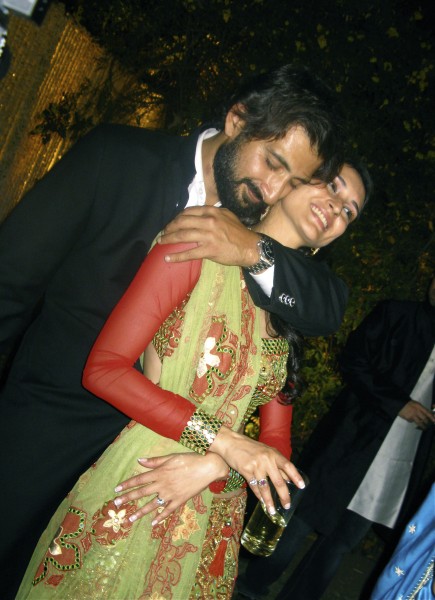
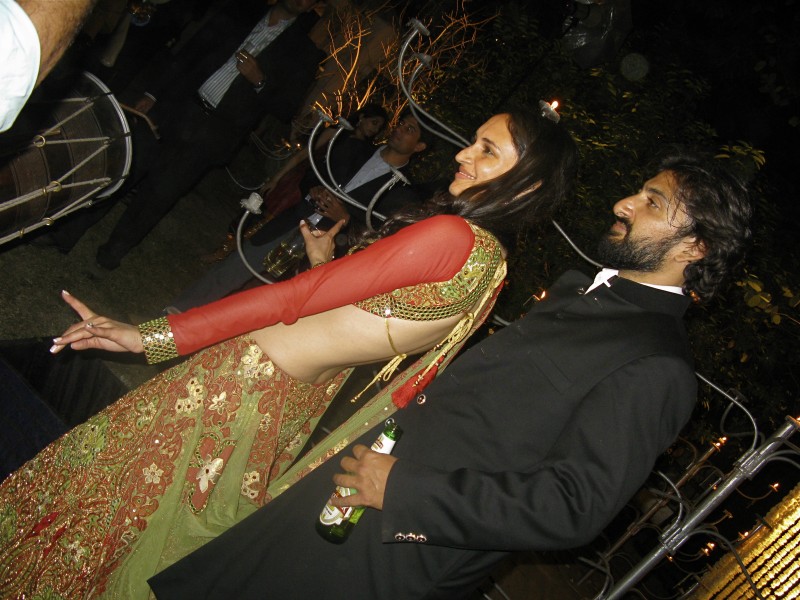
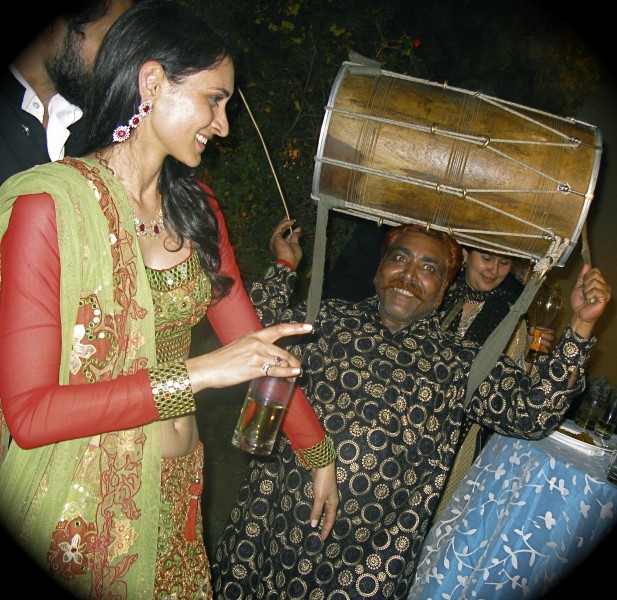
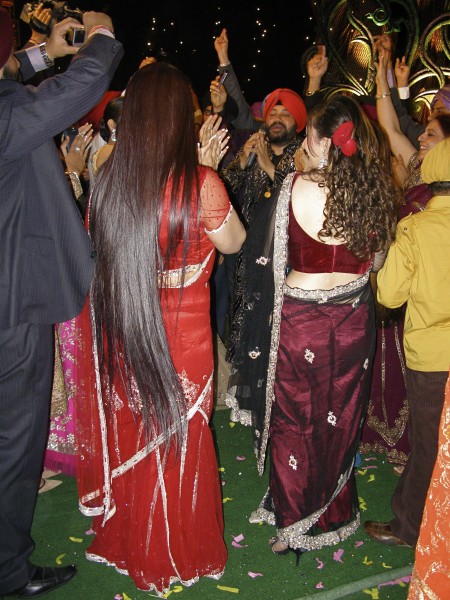

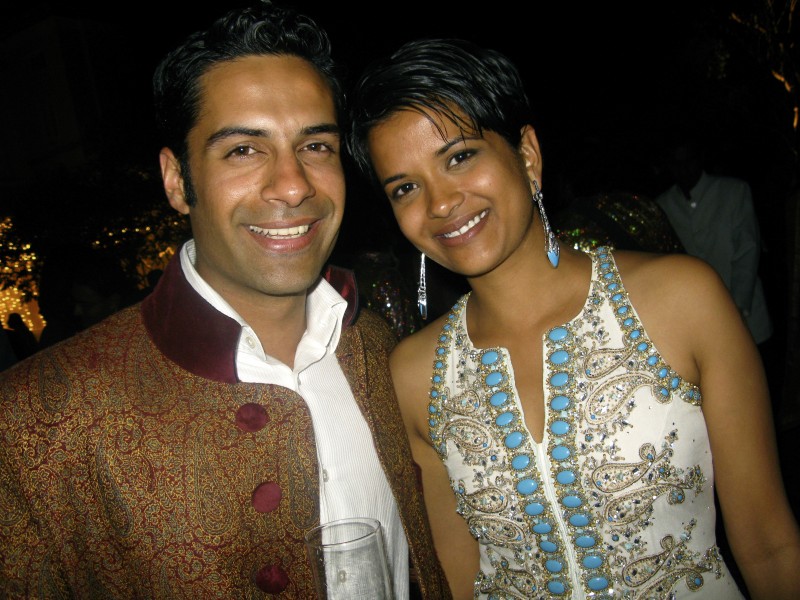

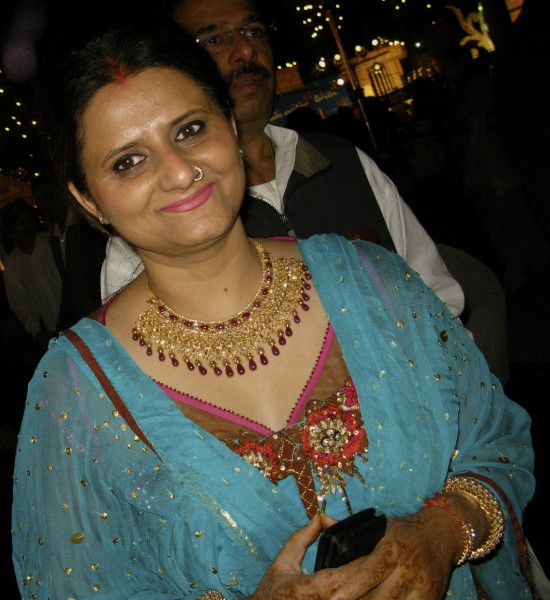
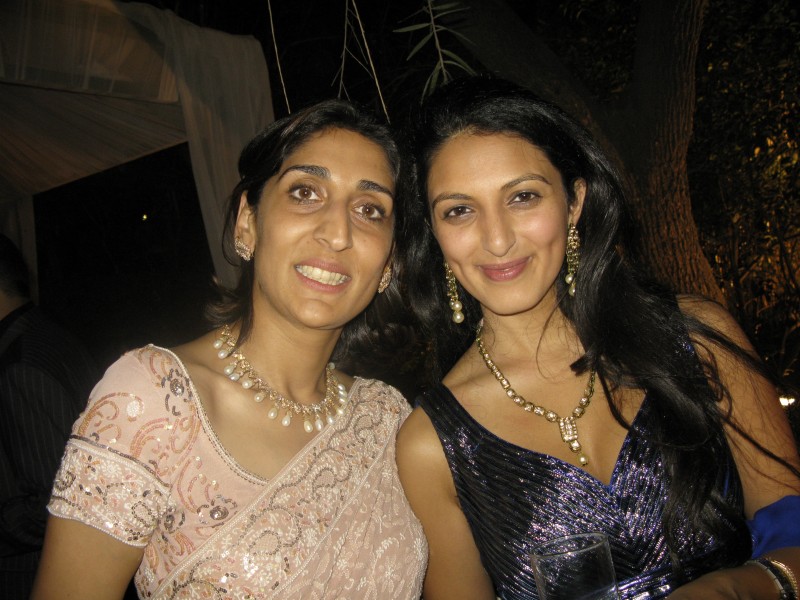
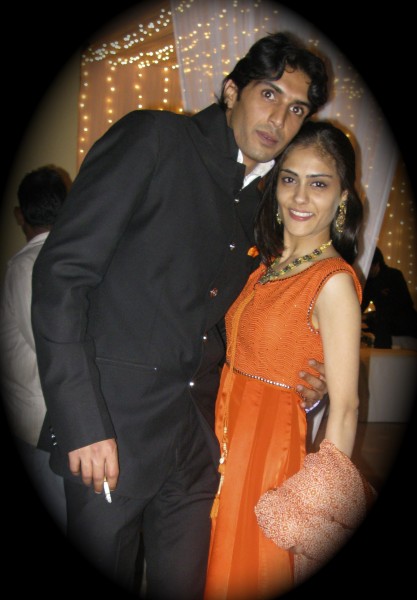
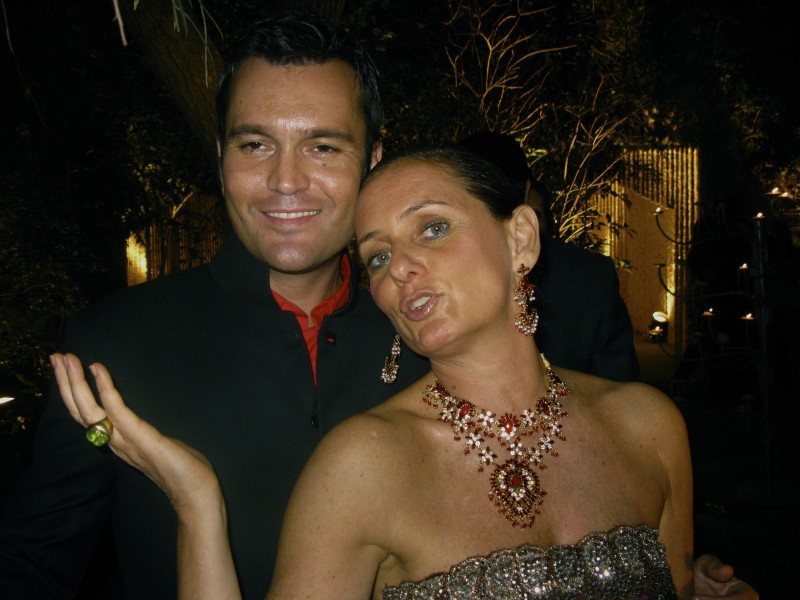
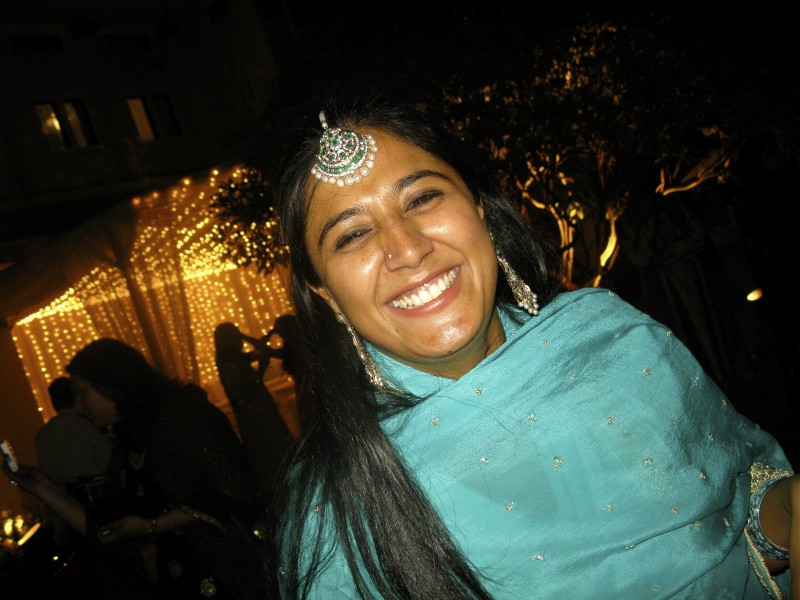
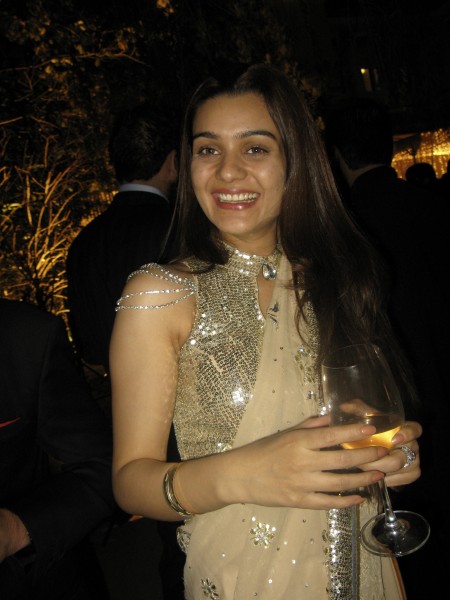
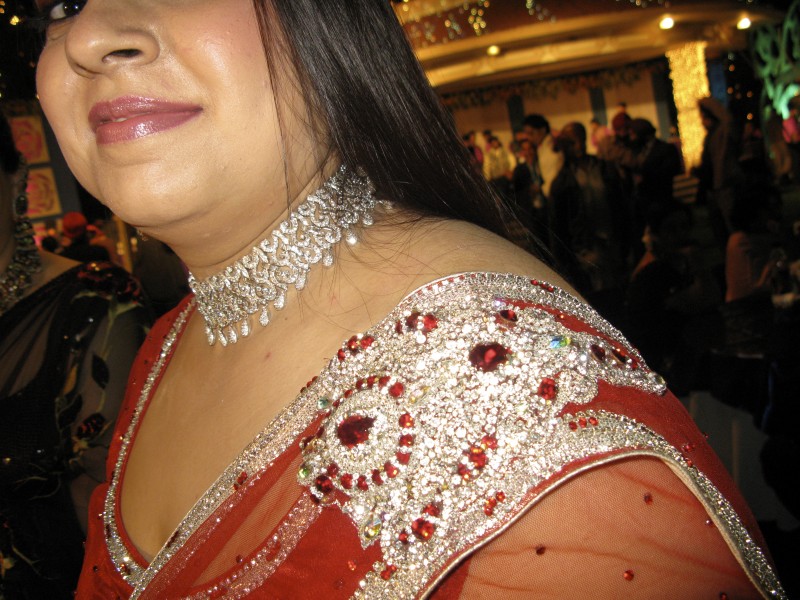
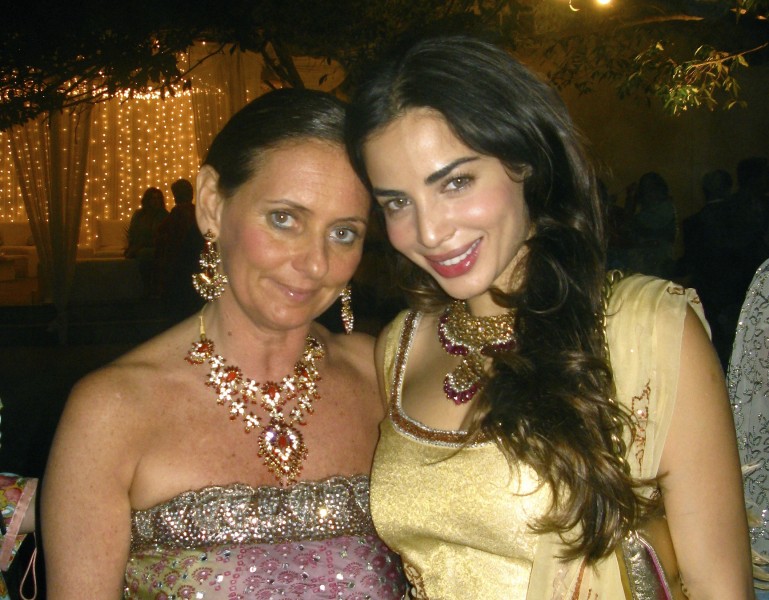 Hinduism categorizes a man’s life into four phases: brahmacharya (the young man as a student), grihasta (marriage and its encumbrances), vanaprastha (the process of moving into ashrams and retreats), and sanyas (renunciation).
Hinduism categorizes a man’s life into four phases: brahmacharya (the young man as a student), grihasta (marriage and its encumbrances), vanaprastha (the process of moving into ashrams and retreats), and sanyas (renunciation).
Following the stage of bachelorhood or brahmacharya, a man is expected to perform his marital and social duties to perpetuate the name of his ancestors. Thus Vivaha or marriage becomes an important institution, a bonding with his partner not only in this lifetime but, supporting the Hindu belief of reincarnation, in all lives thereafter.
It’s been a very long day. I am invited to a dinner to celebrate someone’s birthday. I am wearing my Diesel jeans and a black laced shirt from Rio. My hair is as I left it this morning – dried naturally – and obviously my camera in my pocket. On my way to the birthday party, in the car with four friends, I suddenly hear the sound of drums from afar.
For a second I have the impression of being in the RioSambodromo for Carnival but I know I am dreaming. As we approach the increasing sound, I notice several elephants adorned in festive attire and heralds in red uniforms carrying bright lights and fireworks while riding white horses. They are all “parked” outside a majestic entrance gate, while a procession of people greet each other in front of the gate.
“Hey guys,” I hear myself screaming, “drop me here. I will see you later.”
“What are you taking about?” screams Chris, “It’s just another wedding. Don’t you know it’s the month of Gangaur, the spring festival? The Hindus honor the goddess Gauri – who symbolizes marital bliss – which means, dear Joelle, that there are thousands of weddings this month in the city. Please come with us to the birthday. It will be fun, with lots of interesting people to feature for your lifestyle website.”
Without any more words or discussion, I ask the driver Mr. Tarsem Singh to drop me immediately here and I say good bye to my friends. The driver very responsibly tells me he’ll be coming back to pick me up as soon as he’s done with my friends. I thank him and run across the dark avenue in the direction of what is going to be the most incredible experience I have ever lived in the last few years.
Traditional weddings in India bring into play much of the country’s cultural and social life. Vihaha – the formal, Hindu marriage – is not only an individual rite of passage and a religious sacrament, it is also a socioeconomic transaction between families and clans. The traditional Hindu wedding serves as an occasion where families meet and bond into a lifelong relationship as strong as the one between the bride and the groom.
The betrothal is usually arranged by the families of the prospective couples. Appropriate partners are chosen by them in consultation with relatives, friends and sometimes, professional matchmakers. Some common concerns are of caste, community interests, and the comparing of horoscopes to ensure that the match is socially and astrological auspicious.
For people who believe that life is celestially organized, the matching of horoscopes or janamkundli is a necessity- no wonder they say marriages are made in heaven. The betrothal is celebrated by gifts in the form of sweets, clothing and jewelery exchanged between the two families.
And talking about heaven, at the entrance gate apparently no one seems to notice my presence. Suddenly I hear a voice at my back speaking in Portuguese: “Joelle? What in heaven are you doing here?” I turn around and I am shocked. Friends of mine from Salvador, Bahia who now live in Zurich, recognized me. They were clients of my store in Sao Paulo. Apparently they are guests of honor of the prestigious Sikh family named Sethi.
I am instantly introduced to the family. Apparently this is the third daughter’s marriage this year. I am a little embarrassed by they way I am dressed, but their hospitality is so warm that I can’t help forgetting the jeans thing and feel completely free to savor the incredible exotic delicacies from Rajastan in a food station near me.
I eat strange colored candies inside fresh green leaves, and bright colored paper in different tones of pink. Apparently I can pick sweet or salted – I ask for both. At least I am a being ecologically proper. I am torn between dancing to the sounds from the three different stages of orchestras playing pure Bhangra beats, hysterically photographing everything – afraid to miss one detail, and savoring the immense and sumptuous selection of elaborate meals (mainly delicious kebabs from Awadhi cuisine). Wow! I am going absolutely crazy. Is this what Bollywood is about?
I am told by my new and old friends that, with the approach of the wedding day, the bride begins preparations for the occasion. Female relatives bathe her in a cleansing wash of Tumeric water, often accompanied by affectionate teasing. The bride, dressed traditional finery, has her forehead painted with floral motifs. The eyes are made to appear larger with Khol, and color is applied to her lips.
The application of Mehndi or henna on a bride’s palms hands and feet is a common custom among both Hindus and Muslims in the north of India. The intricate designs that decorate the palms of the bride include folk art figures of plants, birds, fish, and other auspicious symbols. The tips of the fingers are completely covered with henna, proclaiming married love. No wonder they fill the bride with romantic dreams. Henna is believed to have a cooling effect, but is also a symbol of the sensual union of the couple. The deeper the red of the henna deeper the love between husband and wife. Check my bride’s photos:
The bride, the youngest of the three sisters, looked like she came from a fairytale. Beautiful is not the right adjective. The unconventional saree attire, the Ghungghator veiling of the face – generally used for protection from the evil eye and respect towards the elders in the family – helps to impart an illusion of mystery and romanticism. Her jewelry is the most striking factor. If my friend Zineb was here she could see that her saree was embroidered with large emerald stones cut in pears. Someone assured me they are real.
The jewelry forms an integral part of the bride’s costume. Apart from the aesthetic appeal of ornaments worn on different parts of the body, they also indicate the new marital status of the bride.
All jewelry, but particularly gold, is part of the streedhan -the wealth of the bride that is her prized possession, later to be passed on to her children. In several communities the bride and groom sit on symbolic thrones, enshrined for the time being as a prince and princess.
Beneath a decorated canopy, the sacred fire – regarded as the receiver of the offering and a conduit of the gods – was attended by a priest, possibly Brahmin. Under his guidance the bride and groom were instructed to recite ancient verses and to feed the fire with butter, seeds and grains. The fire serves as the prime witness to their union. This ritual reached a climax with seven circumnavigations of the sacred fire.
Around me is a grand feast. Relatives and friends dance frenetically around the newlyweds. Bangra bands come down into the crowd. Everyone is happy. Among the guests are some European counts and countesses with kaftans embroidered in diamonds and men wearing turbans either in pink or lilac. It’s a Bollywood atmosphere entangled with the Rio Carnival festival.
The bride and groom danced the first dance, followed by the bride and her father/the groom and the bride’s mother, the bride and the best man/the groom and his mother. The newlyweds cut their wedding cake and the lavish sweet is served.
The Sikhs and Hindus of Punjab look upon marriage as a sacred and indissoluble bond. Sikh scriptures do not recognize divorce since they consider the husband and wife as one spirit in two bodies.
The married Hindu woman will eventually observe the Karvachauth fast to pray for the long life of her husband, and in certain regions of Rajastan women – married and unmarried – will carry brass pitchers filled with water on their heads to take to a temple for a ceremonial bathing of the goddess Gauri.
I return to my driver, a little drunk and with an upset stomach, and with my camera loaded with emotions. Half asleep in the car, I am making a retrospective of the colorful feast of this evening images and my own concepts of a long lasting marriage, the terrestrial union between a man and a woman.
This “constant alignment” business makes me wonder if it belongs to humans or only to deities. After all, don’t we have some of the divine sparkle within ourselves? Doesn’t that sparkle shine in what we humans call a wedding ceremony?
I don’t seem to find the aligned answers. What’s important though is that the information I need to process in time will be securely stored from my camera and later into my “lifestyle” !
This post is dedicated to Avi Oster
